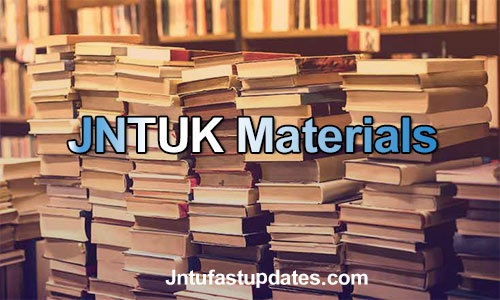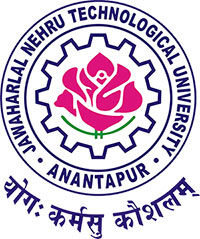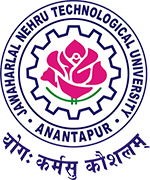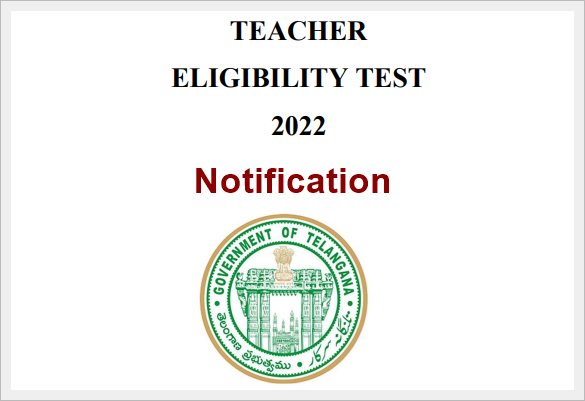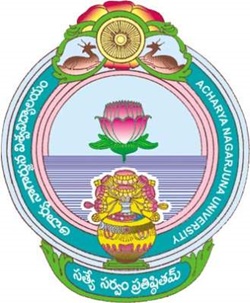JNTUK R20 2-2 Power Systems-I Material/Notes PDF Download
Students those who are studying JNTUK R20 EEE Branch, Can Download Unit wise R20 2-2 Power Systems-I (PS-I) Material/Notes PDFs below.

JNTUK R20 2-2 Power Systems-I Material/Notes PDF Download
Preamble: Electrical Power plays significant role in day to day life of entire mankind. The aim of this course is to allow the students to understand the concepts of the generation and distribution of power along with economic aspects.
OBJECTIVES:
- To study the principle of operation of different components of a thermal power stations.
- To study the principle of operation of different components of a Nuclear power stations.
- To study the constructional and operation of different components of an Air and Gas Insulated substations.
- To study the constructional details of different types of cables.
- To study different types of load curves and tariffs applicable to consumers.
UNIT-1
Hydroelectric Power Stations: Selection of site, general layout of a hydroelectric power plant with brief description of major components and principle of operation
Thermal Power Stations Selection of site, general layout of a thermal power plant. Brief description of components: boilers, super heaters, economizers and electrostatic precipitators, steam turbines: impulse and reaction turbines, condensers, feed water circuit, cooling towers and chimney.
Download UNIT-1 Material PDF | Reference-2 | Ref-3
UNIT-2
Nuclear Power Stations Location of nuclear power plant, working principle, nuclear fission, nuclear fuels, nuclear chain reaction, nuclear reactor components: moderators, control rods, reflectors and coolants,types of nuclear reactors and brief description of PWR, BWR and FBR. Radiation: radiation hazards and shielding, nuclear waste disposal.
UNIT-3
Classification of Air and Gas Insulated substations
Air Insulated Substations – indoor & outdoor substations, substations layouts of 33/11 kV showing the location of all the substation equipment.
Bus bar arrangements in the sub-stations: simple arrangements like single bus bar, sectionalized single bus bar, double bus bar with one and two circuit breakers, main and transfer bus bar system with relevant diagrams.
Gas Insulated Substations (GIS) – advantages of gas insulated substations, constructional aspects of GIS, installation and maintenance of GIS, comparison of air insulated substations and gas insulated substations.
UNIT-4
Underground Cables: Types of cables, construction, types of insulating materials, calculation of insulation resistance, stress in insulation and power factor of cable. Capacitance of single and 3-Core belted Cables. Grading of cables: capacitance grading and intersheath grading.
UNIT-5
Economic Aspects of Power Generation & Tariff Economic Aspects –load curve, load duration and integrated load duration curves, discussion on economic aspects: connected load, maximum demand, demand factor, load factor, diversity factor, power capacity factor and plant use factor, base and peak load plants.
Tariff Methods– costs of generation and their division into fixed, semi-fixed and running costs, desirable characteristics of a tariff method, tariff methods: simple rate, flat rate, block-rate, twopart, three–part, and power factor tariff methods.
TEXT BOOKS:
- A Text Book on Power System Engineering by M.L.Soni, P.V.Gupta, U.S.Bhatnagar and A. Chakrabarti, Dhanpat Rai & Co. Pvt. Ltd.
- Generation, Distribution and Utilization of Electric Energy by C.L.Wadhawa New age International (P) Limited, Publishers.
REFERENCE BOOKS:
- Electrical Power Distribution Systems by V. Kamaraju, Tata Mc Graw Hill, New Delhi.
- Elements of Electrical Power Station Design by M V Deshpande, PHI, New Delhi.
OUTCOMES:
- identify the different components of thermal power plants.
- identify the different components of nuclear Power plants.
- identify the different components of air and gas insulated substations.
- identify single core and three core cables with different insulating materials.
- analyse the different economic factors of power generation and tariffs.

320-x100(1).gif)
